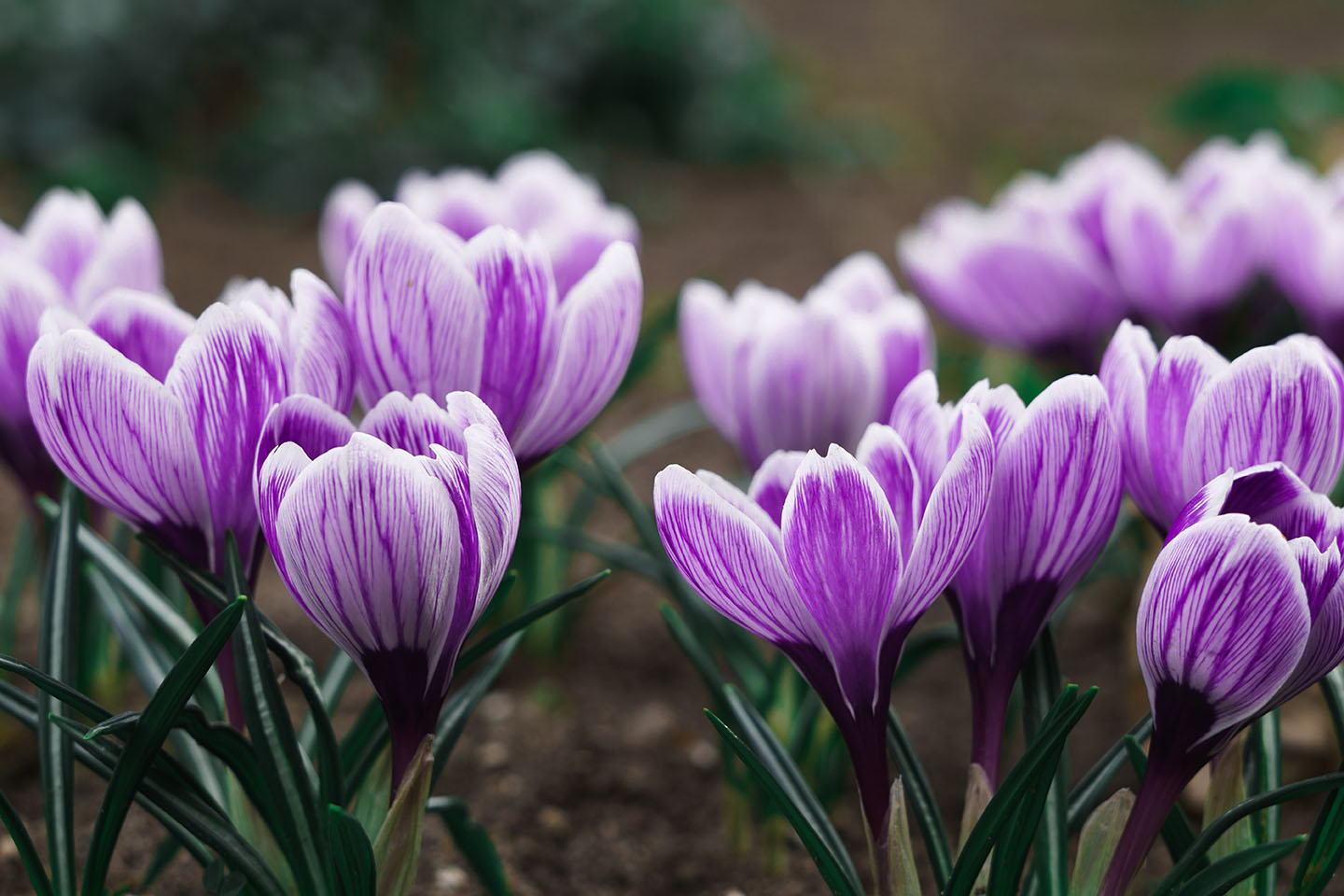
< Back
flower
Definition
A flower is the reproductive part of a flowering plant. It is usually colourful and fragrant, and it attracts insects and other animals that help to pollinate the plant.
Flowers are made up of four main parts: sepals, petals, stamens, and pistils. The sepals are the outermost parts of the flower, and they protect the flower bud before it blooms. The petals are the colourful parts of the flower, and they attract insects and other pollinators. The stamens are the male parts of the flower, and they produce pollen. The pistil is the female part of the flower, and it contains the ovules, which will become seeds.
The process of pollination is essential for plants to reproduce. When pollen lands on the pistil, it fertilises the ovules, which then develop into seeds. The seeds will eventually fall to the ground and grow into new plants.
Flowers come in a wide variety of shapes, sizes, and colours. Some flowers are small and delicate, while others are large and showy. Some flowers have a single colour, while others have multiple colours.
The colour of a flower is often determined by the pigments that are present in the petals. The most common pigments in flowers are anthocyanins, carotenoids, and flavonoids. Anthocyanins are responsible for the red, blue, and purple colours of flowers. Carotenoids are responsible for the yellow, orange, and red colours of flowers. Flavonoids are responsible for the white, pink, and purple colours of flowers.
The fragrance of a flower is produced by volatile oils that are released from the petals. These oils are attractive to insects and other pollinators, which help to spread the pollen from flower to flower.
Flowers are an important part of the plant world. They are essential for plant reproduction, and they also play a role in attracting pollinators and dispersing seeds.
How can the word be used?
The flower is the reproductive part of a plant.

Different forms of the word
Noun: flower, flowers.
Verb: flower, flowered, flowering.
Adjective: floral.
Etymology
The word "flower" is derived from the Old English word flōr, which means "a blossom". The Old English word flōr is thought to be cognate with the Old Norse word flōri, the German word Blüte, and the Latin word flos.
Question
What happens when an insert lands on a flower?
AQA Science Exam Question and Answer
Question:
Explain the structure and functions of a flower in the process of sexual reproduction in plants. Describe the role of different parts of the flower, including petals, sepals, stamen, and pistil, in the formation of seeds and fruits. Provide real-life examples of how flowers use various mechanisms to ensure successful pollination and fertilisation.
Answer:
Flowers play a crucial role in the process of sexual reproduction in plants. The structure of a typical flower consists of petals, sepals, stamen (male reproductive part), and pistil (female reproductive part). Petals are brightly coloured to attract pollinators, while sepals protect the developing flower bud.
The stamen contains the anther, which produces pollen, and the filament that supports it. The pistil consists of the stigma, where pollen lands, the style, and the ovary that contains ovules.
During pollination, pollen is transferred from the anther to the stigma. Once pollination occurs, the pollen tube grows from the stigma to the ovary, enabling the fusion of male and female gametes, leading to seed formation.
Real-life examples include bees attracted to flowers by their bright colours and nectar, carrying pollen from one flower to another. Wind-pollinated flowers produce lightweight, abundant pollen, allowing it to be carried by the wind over long distances.
In conclusion, flowers are essential structures in the sexual reproduction of plants, ensuring the formation of seeds and fruits through the process of pollination and fertilisation. Their diverse adaptations for attracting pollinators or facilitating wind pollination demonstrate the intricate mechanisms employed by plants to ensure successful reproduction.